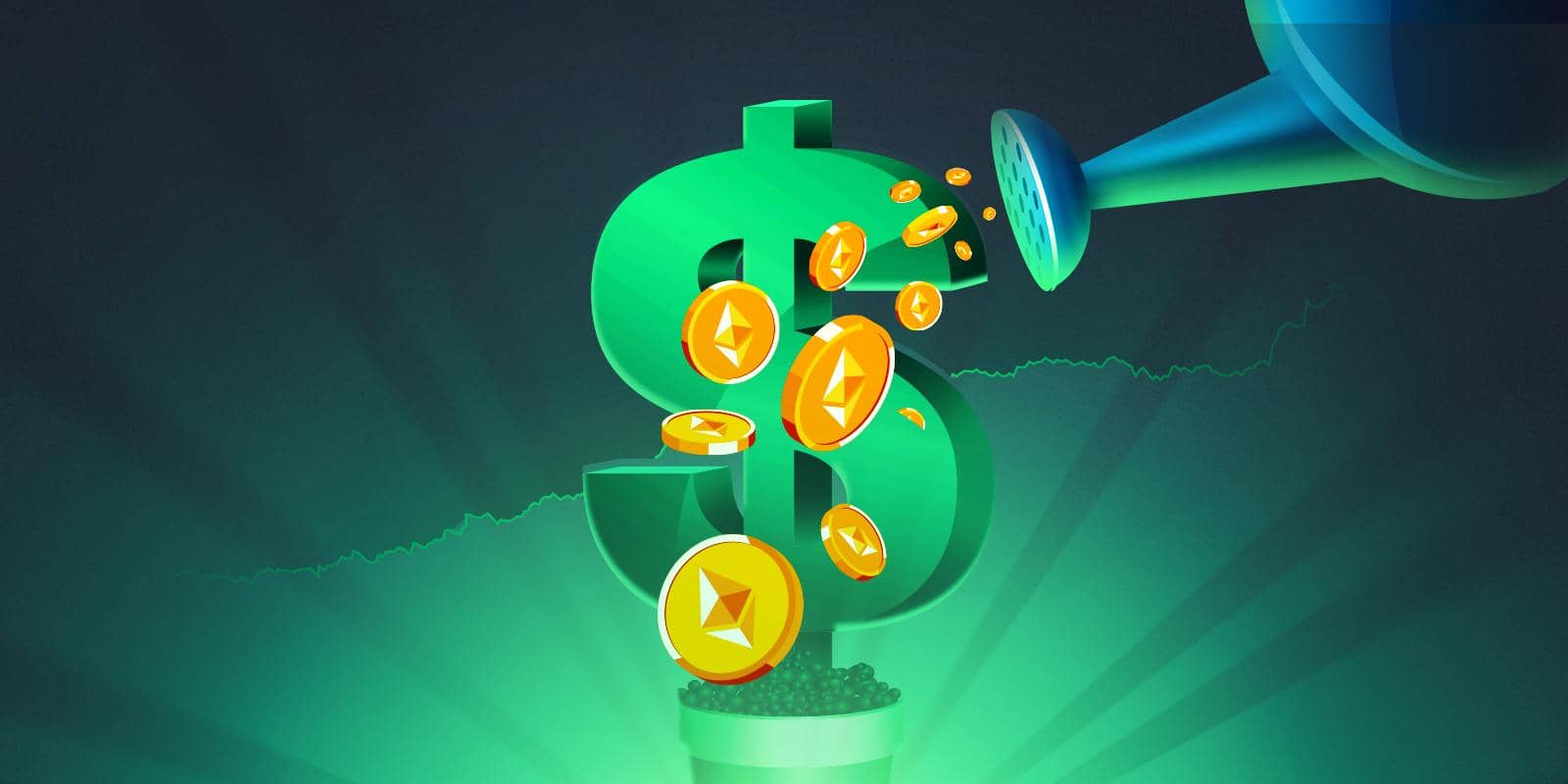Content
- Active vs. Passive Investing Pros and Cons: Which Is Right for You?
- Active vs. Passive Investing: Step Back for Better Returns
- A brief evolution of investing advice
- Disadvantages of Active Investing
- Active investing vs. passive investing: What’s the difference?
- Small Moves that Make a Big Difference in Retirement
- What is Active Investing?
They have access to a wide range of investment data as well as a knowledge of broader market and economic trends. With this information close at hand, they closely monitor the market and determine the best time to buy and sell stocks based on their research and expertise to maximize return. In general, passive investments do better during a bull market because it’s difficult for active fund managers to outperform major indices. Audited by professional accountants and publicly available for all to see, mutual fund returns are a good source of data on the effectiveness of active manager efforts. For the five-year period ending December 31, 2010 Standard & Poors (S&P) reports that only 37% of actively managed large cap core funds outperformed the S&P 500 Index on an annual basis.
Generally, passive investors hold funds for the long term, making far fewer transactions than with active investing. In this article, we’ll explain the difference between active and https://xcritical.com/ passive investing, including their pros and cons. It will give you a better understanding of what investment strategy matches your personal preferences and goals as an investor.
Active vs. Passive Investing Pros and Cons: Which Is Right for You?
They’d prefer to own the market through an index fund, and by definition they’ll receive the market’s return. For the S&P 500, that average annual return has been about 10 percent over long stretches. By owning an index fund, passive investors actually become what active traders try – and usually fail – to beat. In the past couple of decades, index-style investing has become the strategy of choice for millions of investors who are satisfied by duplicating market returns instead of trying to beat them. Research by Wharton faculty and others has shown that, in many cases, “active” investment managers are not able to pick enough winners to justify their high fees. If you’re investing for the long term, passive funds of all kinds almost always give higher returns.
- In the past couple of decades, index-style investing has become the strategy of choice for millions of investors who are satisfied by duplicating market returns instead of trying to beat them.
- The funds and other products referred to on this Site may be offered and sold only to persons in the United States and its territories.
- Bankrate.com is an independent, advertising-supported publisher and comparison service.
- With that said, the right investment strategy for you is the one that aligns with your personal priorities, timeline and financial goals – and the one you’re most comfortable sticking with over the long term.
- A dual passive and active investing strategy is the ideal way to reduce risk while attempting to earn some outsized returns on your investments.
- The fact that most active funds underperform their benchmarks can be a misleading way to judge them.
Instead, you may want to consider investing in actively managed funds. So what does cyclicality in active and passive management performance mean for you as an investor? We believe it demonstrates the importance of maintaining perspective and minimizing the undue influence of fickle market sentiment as you navigate changing market cycles.
An actively managed portfolio may create tax liabilities when individual securities are sold. On the other hand, actively managed portfolios can be structured to be tax efficient. The objective of active management strategies is to earn alpha or excess returns over and above a benchmark. Passive managers are only attempting to earn the market return or beta. Thus, while passive fees offer cost-effective investing, only active strategies provide any chance of outperformance. Segregated funds are marketed to high net worth individuals and small institutions.
But, in 2019, investors withdrew a net $204.1 billion from actively managed U.S. stock funds, while their passively managed counterparts had net inflows of $162.7 billion, according to Morningstar. Passive investors have a buy-and-hold mentality that focuses on benefitting from the overall increase in market prices over time. One of the major benefits of passive investing is that it minimizes the mistakes investors can make when they react emotionally to every move of the stock market. ETFs are typically looking to match the performance of a specific stock index, rather than beat it. That means that the fund simply mechanically replicates the holdings of the index, whatever they are.
Many advisors keep your investments balanced and minimize taxable gains in various ways. Active investors research and follow companies closely, and buy and sell stocks based on their view of the future. This is a typical approach for professionals or those who can devote a lot of time to research and trading. In 2016, investors pulled $285 billion out of active funds, while pushing nearly $429 billion into passive ones — and this year is seeing a similar shift, according to Morningstar.
Active vs. Passive Investing: Step Back for Better Returns
At The College Investor, we want to help you navigate your finances. To do this, many or all of the products featured here may be from our partners. Any investing information provided on this page is for educational purposes only. The College Investor does not offer investment advisor or brokerage services, nor does it recommend buying or selling particular stocks, securities, or other investments. Even active fund managers whose job is to outperform the market rarely do.
In response to new information, market changes or economic conditions, active investors try to buy and sell investments to generate higher returns or limit their losses. Because every asset class is different, you may like a buffet-style portfolio with a mix of passive and active investments. active vs passive investing If the decision feels overwhelming, you can always talk with an investment professional for help and guidance. Possible to reduce losses – No one can predict what will happen in the stock market. While there is plenty of upside potential, there will be down years too.
A brief evolution of investing advice
Plus, they purchase and manage the properties for you, so it’s entirely passive. Investing starts from just $500, allowing you to earn monthly dividends from property without having to do the hard work of being a landlord. Investing to hold over a long period of time rather than reacting to the stock market’s fluctuations means you can take your hands off the reins. You don’t need to consistently check the market, withdraw your money, or put any effort in at all. You don’t have to worry about choosing the wrong stock, and you also don’t need to put in the long hours required to learn enough about stocks and investing to actually beat the market.

They can be active traders of passive funds, betting on the rise and fall of the market, rather than buying and holding like a true passive investor. Conversely, passive investors can hold actively managed funds, expecting that a good money manager can beat the market. Unlike passive investors, who invest in a stock when they believe in its potential for long-term appreciation, active investors typically look at the price movements of their stocks many times a day.
Disadvantages of Active Investing
In these scenarios, active managers may have the ability to reduce losses. To do this, the fund manager buys all, or a good sample, of stocks or bonds from the index, and holds onto them. The performance fee is calculated based on the increase in the net asset value of the client’s holdings in the fund, which is the value of the fund’s investments. For example, an investor might own $1 million worth of shares in a hedge fund, and if the fund manager increases the value by $100,000, the investor would pay $20,000 or 20% of the increase.
Why are you prepared to pay more for some things in life? Because you expect more – better quality, better value, better experience. Investing is different – it’s a fact, not an opinion, that low-cost index tracking outperforms more costly active management over time.
— David Hufton (@DavidHufton) October 24, 2019
Because they require less management, and expense ratios are lower. Knowing what you pay in fees is important because it can add up to a lot more than you think. Depending on the types of investments, there may be varying degrees of risk. Investors should be prepared to bear loss, including total loss of principal. Indices mentioned are unmanaged and cannot be invested into directly.
Active investing vs. passive investing: What’s the difference?
May work for you, and how you can start investing passively with a robo-advisor without having to know much about the stock market. Since the index makes all the decisions on which companies to include, you don’t pay for — or benefit from — expert individual stock analysis. While active trading may look simple – it seems easy to identify an undervalued stock on a chart, for example – day traders are among the most consistent losers. It’s not surprising, when they have to face off against the high-powered and high-speed computerized trading algorithms that dominate the market today. If you’re skilled, you can find higher returns by researching and investing in undervalued stocks than you can by buying just a cross-section of the market using an index fund.
Passive investments often track an index like the Nasdaq 100, which means that when a stock is added to or removed from the index, the index fund automatically buys or sells that stock. Could have more taxable capital gains because the portfolio manager may trade more often, making it more tax-efficient to hold actively managed funds in IRAs. When markets are driven by a handful of companies or sectors, investors buying index-like investments may be more exposed to companies or sectors than their risk profiles warrant. That can be a serious problem, especially in down markets when overweighted, overpriced stocks begin to fall.
Small Moves that Make a Big Difference in Retirement
Over a 20-year period, about 90% index funds tracking companies of all sizes outperformed their active counterparts. Even over three years, more than half did, according to the latest S&P Indices Versus Active report from S&P Dow Jones Indices. Because passive strategies tend to be more fund-focused, you’re typically investing in hundreds if not thousands of stocks and bonds. This provides easy diversification and decreases the likelihood that one investment going sour tanks your whole portfolio. If you’re managing active investing yourself and lack appropriate diversification, one bad stock could wipe out substantial gains.
What is Active Investing?
We’ve maintained this reputation for over four decades by demystifying the financial decision-making process and giving people confidence in which actions to take next. We are an independent, advertising-supported comparison service. Wharton’s Investment Strategies and Portfolio Management program offers five days of intensive training for finance professionals and others concerned with that and similar questions.
Our Approach to Active and Passive Investing
However, passive investors will likely check in their portfolio on a minimal basis of once a quarter or less. The investing information provided on this page is for educational purposes only. NerdWallet does not offer advisory or brokerage services, nor does it recommend or advise investors to buy or sell particular stocks, securities or other investments. Some investors have built diversified portfolios by combining active funds they know well with passive funds that invest in areas they don’t know as well. As the name implies, passive funds don’t have human managers making decisions about buying and selling.
Investopedia does not include all offers available in the marketplace.
